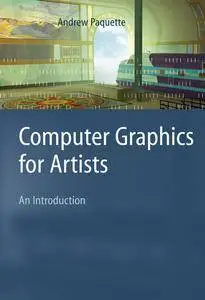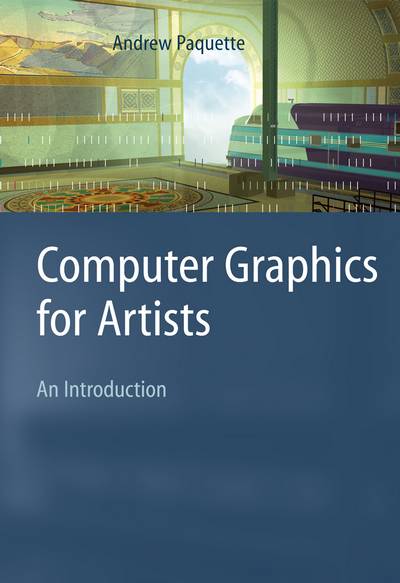"Computer Graphics for Artists: An Introduction" by Andrew Paquette
Spr | 2008 | ISBN: 184800141X 9781848001411 | 272 pages | PDF| 17 MB
Spr | 2008 | ISBN: 184800141X 9781848001411 | 272 pages | PDF| 17 MB
This book is about computer graphics; it is not about computer graphics applications. In this book, you will learn the meaning and usage of computer graphics tools and terminology, but more importantly, the basic observation skills needed to do something great with that knowledge. This issue is an application-independent, reader-friendly primer for anyone with a serious desire to understand 3D Computer Graphics.
Opening with the first and most basic elements of computer graphics, the book rapidly advances into progressively more complex concepts. Each of the elements, however simple, are important to understand because each is an essential link in a chain that allows an artist to master any computer graphics application. With this accomplished, the artist can use technology to satisfy his goals, instead of the technology being master of the artist.
The information contained herein is meant to comprise the first portion of a university-level introduction to Computer Graphics course.
The layout of the book follows the class structure of my first two modeling classes for freshman students (they are staggered with two animation classes). Although a great deal may be learned by simply reading the text, it is highly recommended that any serious student also performs every exercise offered here.
The first part of the book, 3D1, focuses on fundamental principles of how 3D space is represented in a computer, user interface, basic polygonal modeling tools, and other information essential to getting started as a 3D artist.
The second part of the book, 3D2, introduces the more complicated subjects of surfaces, topology, and optimization. Each of these has their own importance, and all help inform the student to make better creative and technical choices with his work.
Contents
List of Illustrations
Introduction
Part I: 3D1: Introduction to 3D Modeling
Chapter 1: 3D: What Is It?
Chapter 2: Clean Geometry
Chapter 3: Measurements
Chapter 4: Design and Reference
Chapter 5: Basic Modeling Tools
Chapter 6: Resolution
Chapter 7: Texture Coordinates
Chapter 8: 3D1: Checklist and Projects
Part II: 3D2: Optimization and Surfaces
Chapter 9: Observation
Chapter 10: Optimization
Chapter 11: UV Editing
Chapter 12: Nurbs Curves
Chapter 13: Nurbs Surfaces
Chapter 14: Shapes and Topology
Chapter 15: Quality Standards
Chapter 16: 3D2: Checklist and Projects
Glossary
Sources
Index
with TOC BookMarkLinks



